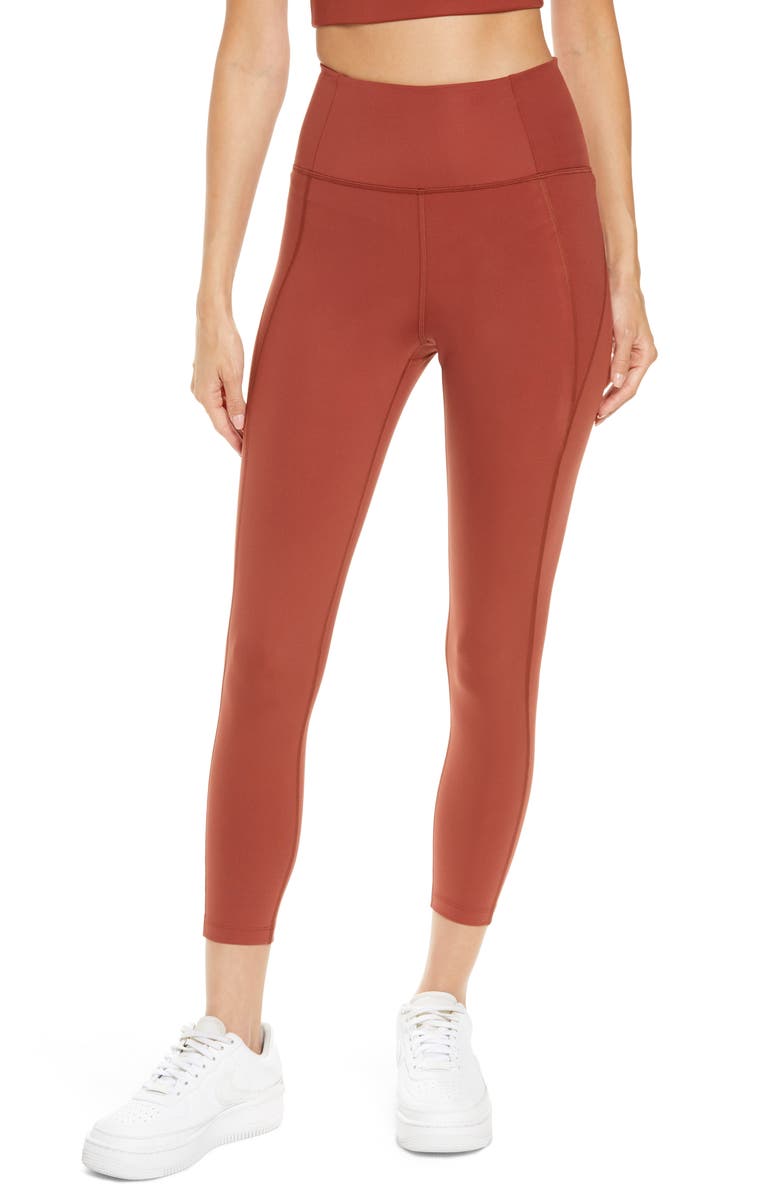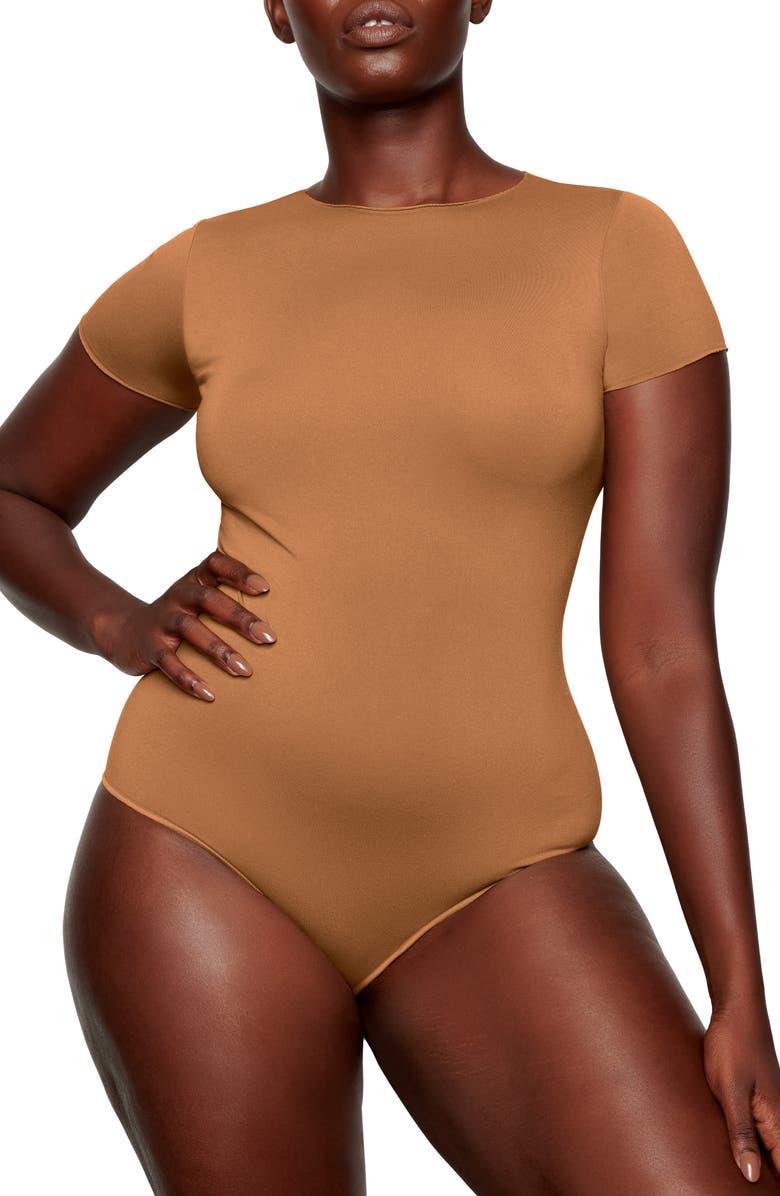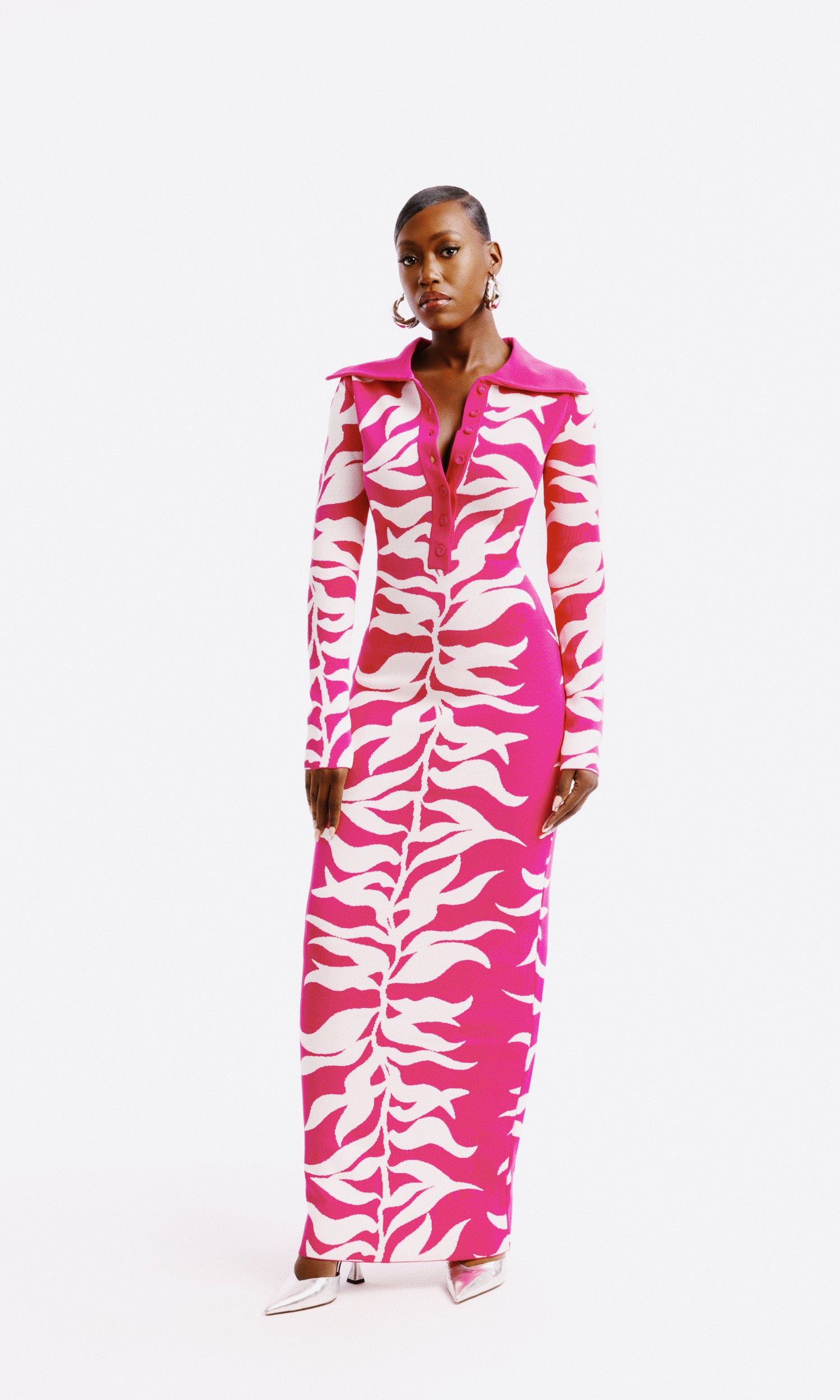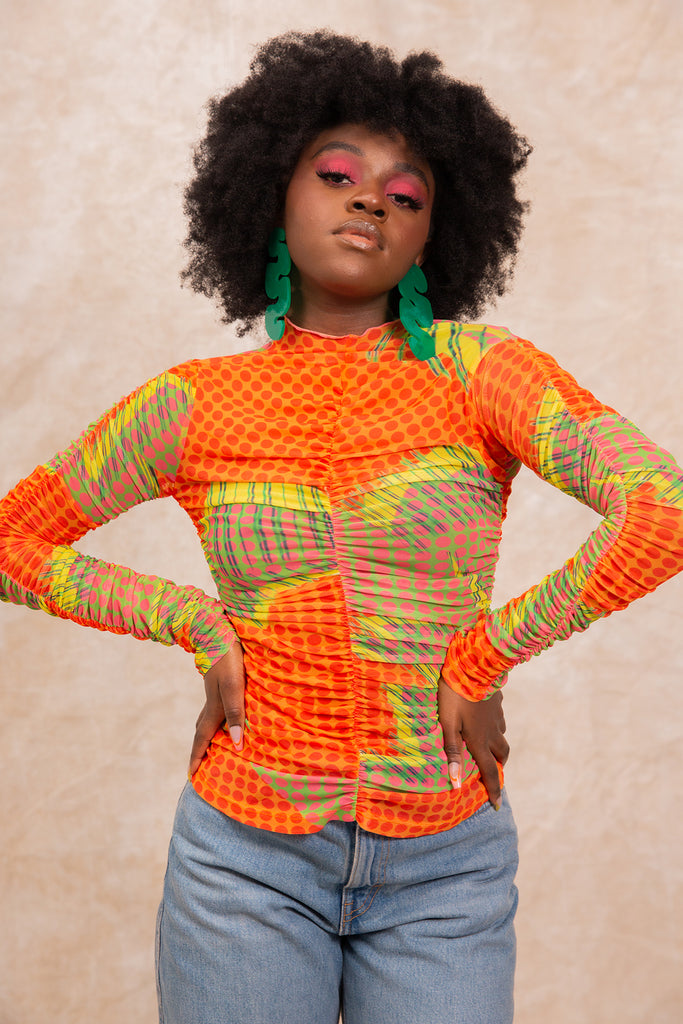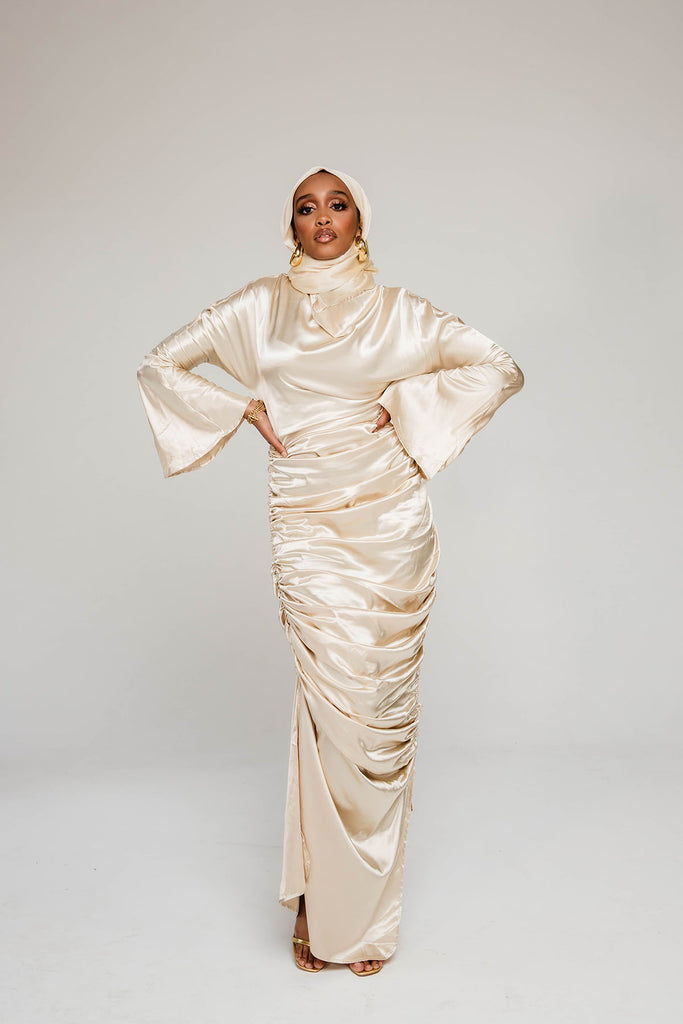Let's Talk Body Positivity in Fashion—Here's What the Industry Can Do Better

It's no secret that the fashion industry hasn't been the best environment for body positivity to thrive. For as long as I can remember, brands have tailored to one type of body—usually tall, slim, cisgender, and generally white. There was always one image of what "looked good," which caused many people to feel they had to hide their bodies if they didn't fit that image. It is only in the past few years that industry leaders are finally catching up to the new generations' understanding that every body is a good body, despite age, gender, ability, and size. But even though the industry has made strides recently, there is a long way to go from here.
Retailers are starting to offer more plus-size options, but they often differ from and lack the creative range of their other collections. While designers have inclusive campaigns, they don't necessarily translate to the size range of their actual collections available for consumers to shop. Influencers and fashion insiders may share inclusive messages on their social media channels, but they won't bat an eye when a brand skyrockets to become an "It brand" but lacks in inclusivity.
The phrase body positivity has almost become a trope. Brands will use it and tell women that they should feel beautiful no matter their shape, but the size range they offer will say otherwise. As an editor, I have my own work to do on not only acknowledging my privilege as someone who has more products and media catered to me but also learning how I can share the true message of body inclusivity on my platform. Now, more than ever, it's time for us to step out of our bubble and see how we can make any change wherever possible in our work and day-to-day lives. In an effort to find out what we can do better from all aspects of the sartorial world, I reached out to leaders in the industry who not only are vocal about fashion's effect on body image but also have used their platforms and careers to add to the betterment of the industry as a whole.
Tyler McCall, Editor in Chief at Fashionista

As the editor in chief of Fashionista, what is your goal in using your role to push the industry in a better direction in terms of body positivity?
I personally feel like the advantage of working at a site like Fashionista is that we can both champion the people we think are moving in the right direction and call things out when we feel like they're moving in the wrong direction. That viewpoint is baked into everything we do, whether it's reviewing a runway or covering a new label launch; we don't need to wait for a special feature or package to pop up to discuss the issue.

You're often vocal when runway shows or campaigns lack body diversity. In your opinion, is there a brand in fashion right now that you think is doing it "right" when it comes to tackling the goal of building healthier body image?
I'm not sure anyone is doing it right, to be honest! I think there are a lot of brands that are making good strides forward, but there's so much runway for improvement there that it's important to keep pushing. I do think big moves are happening closer to the mass-market end of the spectrum than the high-fashion end; when I think about brands with good imagery, I think of labels like Savage x Fenty, Girlfriend Collective, or Skims. That's not to say there aren't any runway brands doing it—Christian Siriano and Chromat always deliver, for example—there are just much fewer who stay consistent.
As someone with vast experience in the media field, what do you think your peers in editorial can do better in their work to push for a healthier and kinder fashion industry? Do you think there are certain common mistakes the editorial world is still making that can lead to unhealthy body ideals?
Certainly, I think the thin obsession has been rebranded and repackaged as wellness in a lot of cases. That's the big one: If you're covering wellness as a concept, interrogating whether that's just the same diet culture in a new coat. I do also think we could be more careful in who we elevate in terms of red carpet stars; there's a lot of room for improvement there, both in terms of being more inclusive as well as in promoting certain outdated ideals.
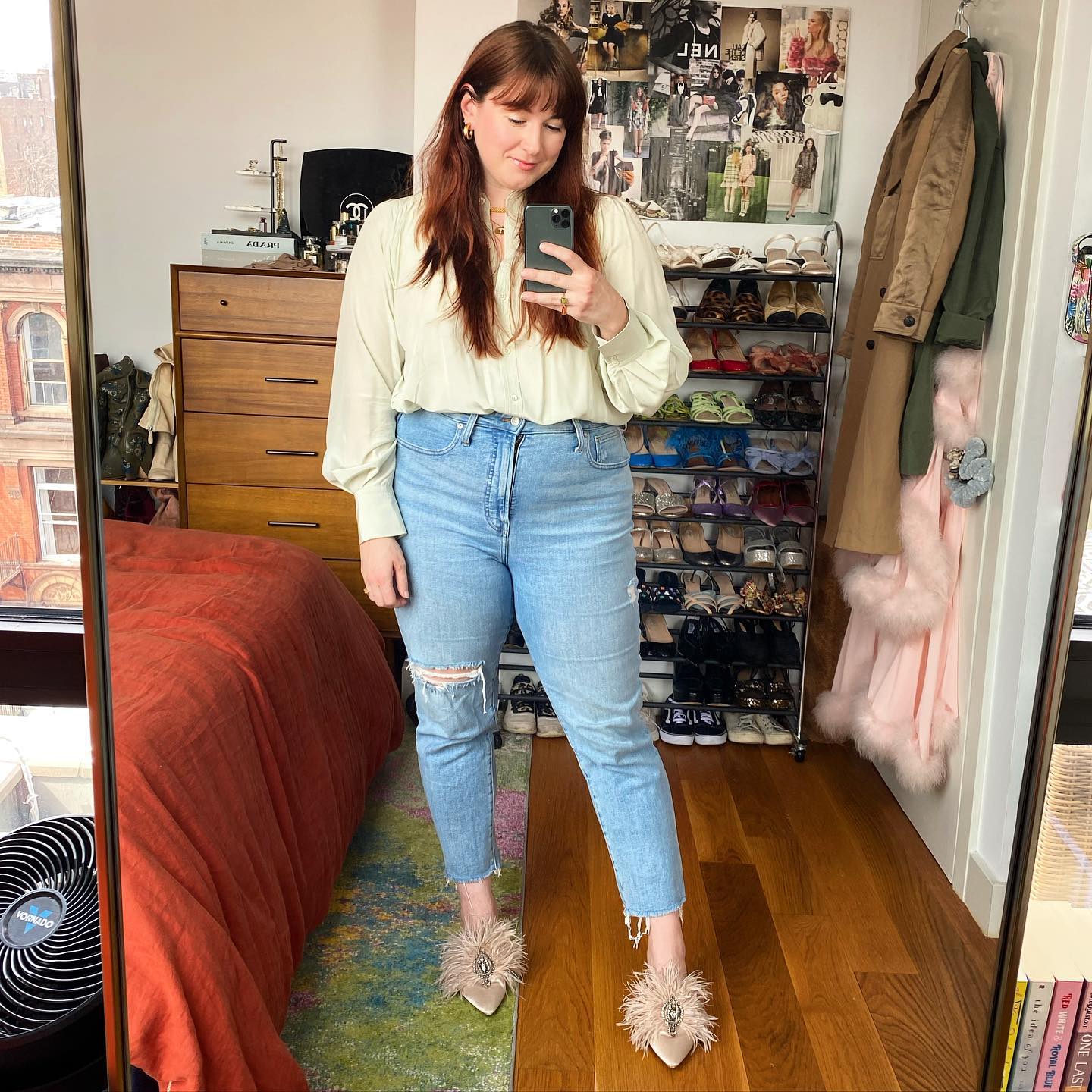
I know this is a loaded question, but when you think about there one day being a "body-positive" fashion industry, what do you envision?
My biggest ideal is that it wouldn't be headline-making news every time a plus girl walked a runway or got a magazine cover. I'm glad those women are getting their dues, but it should be so common we don't even think twice about it! And there has to be room for more than just a handful of people who are getting all the jobs.
Christina Grasso and Ruthie Friedlander, Founders of The Chain
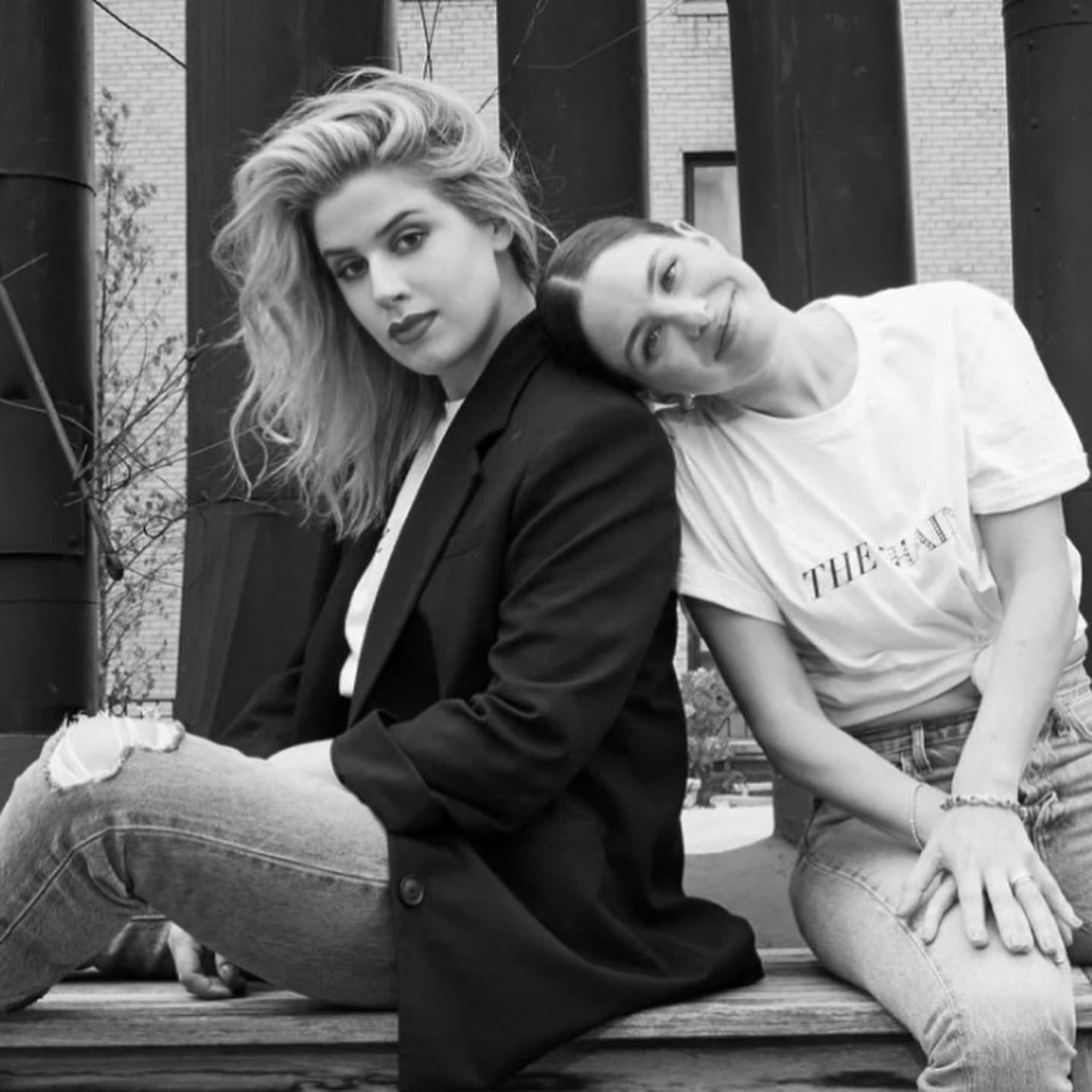
What do you hope to accomplish with your work at The Chain? What are some achievements you've done together that you're proud of thus far?
Our overarching goal with The Chain is to serve as a resource for the industry on the topic of eating disorders. In the four years since our inception, this has looked like peer-support groups for women in the fashion industry coping with an eating disorder; panels and other community events; and consulting with brands, publications, and people in the industry who want to better understand eating disorders and how to address them responsibly. The latter is probably where we do the most work. Eating disorders are a neglected and taboo topic yet unfortunately a very prevalent issue, especially in fashion and entertainment where thinness is still often currency.
We have done a lot of press in the past couple of years, and we are so proud to be a part of the conversation in mainstream media and shed light on the topic and grateful for every opportunity to do so. However, our proudest moments have been when people have told us we've helped them realize their courage to seek treatment. It's such an isolating illness, and we're very grateful to help others know it's okay to need help—and it's okay to talk about.

There is a lot of work to be done to make the fashion industry a kinder place. Would you be able to share a few tips on what you think those who work in media (editors, writers, etc.) can do better in their work for those who are healing from body-image issues?
Both of us firmly believe we are all responsible for our own triggers. However, that does not absolve anyone from avoiding harm. That said, there are plenty of improvements to be made in the way eating disorders and body image are approached in media, particularly social media. "What I Eat in a Day" videos might be great to drive traffic or get views, but in reality, they do much more harm than good, especially to those who fall on the disordered eating spectrum. The widespread normalization of cleanses and intermittent fasting is also very concerning. There's little scientific evidence to suggest such practices yield any long-term, positive results, and still, the decision to engage is a personal one. But for someone with a platform, be it an editor or a social media influencer, the widespread sharing of these types of things is incredibly harmful, not to mention irresponsible.
Lastly, the industry is rife with body commentary. Even a well-meaning comment along the lines of "You look great. Have you lost weight?" can be so damaging and reinforces the idea that thinner is better, no matter the cost. Critiquing anyone's body in any way should be avoided.

Who are some people you look up to (editors, designers, creators, etc.) who you think are making the industry a better and healthier place?
Most recently, we really appreciated the casting for Valentino's haute couture show. There have been many brands in recent years that have included a wider range of body types, ages, gender identities, and ethnic backgrounds on the runway, but never before have we seen such diversity in a couture show. Peter Do, Christian Siriano, and Alessandro Michele also come to mind as designers who embrace beauty in various forms and seem to really believe in it. Of course, we still have a long way to go, but it's a beautiful step in the right direction.
Karen Elson is a dear friend and supporter of The Chain, and her outspokenness on eating disorders in the industry has been so powerful and admirable. In terms of creators, Kellie Brown (@itsmekellieb), Katie Sturino (@katiesturino), and Nicolette Mason (@nicolettemason) are a few who have done phenomenal work advocating for size inclusivity in fashion. We really applaud, though, anyone who uses their platform to shed light on these topics, as it makes a difference, and we know it's not easy.

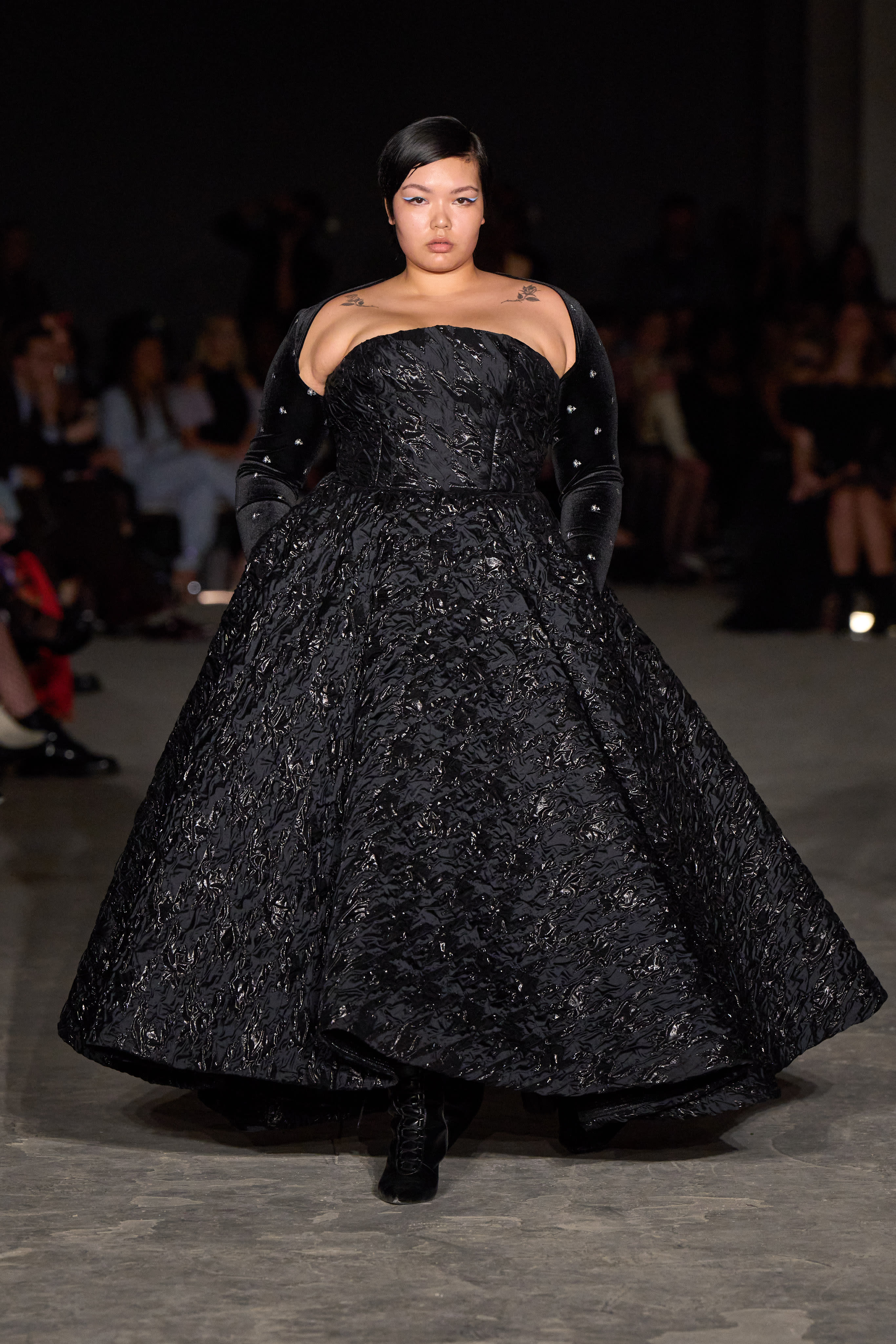

When you think about there one day being a "body-positive" fashion industry, what do you envision?
We think the first step would be taking responsibility for the ways in which the industry has co-opted the body-positive movement to make it more palatable for the mainstream. This has led many to believe "body positive" is simply another term for "self-love," which is simply not the case. To that end, we are very conscious that the work that we do is never categorized as body positivity—as two thin, cis, able-bodied, white women, we absolutely champion the work of the movement while knowing it was not created for us. Until the industry centers people in marginalized bodies, it will not be body positive.
Jane Belfry, Founder of The Btwn
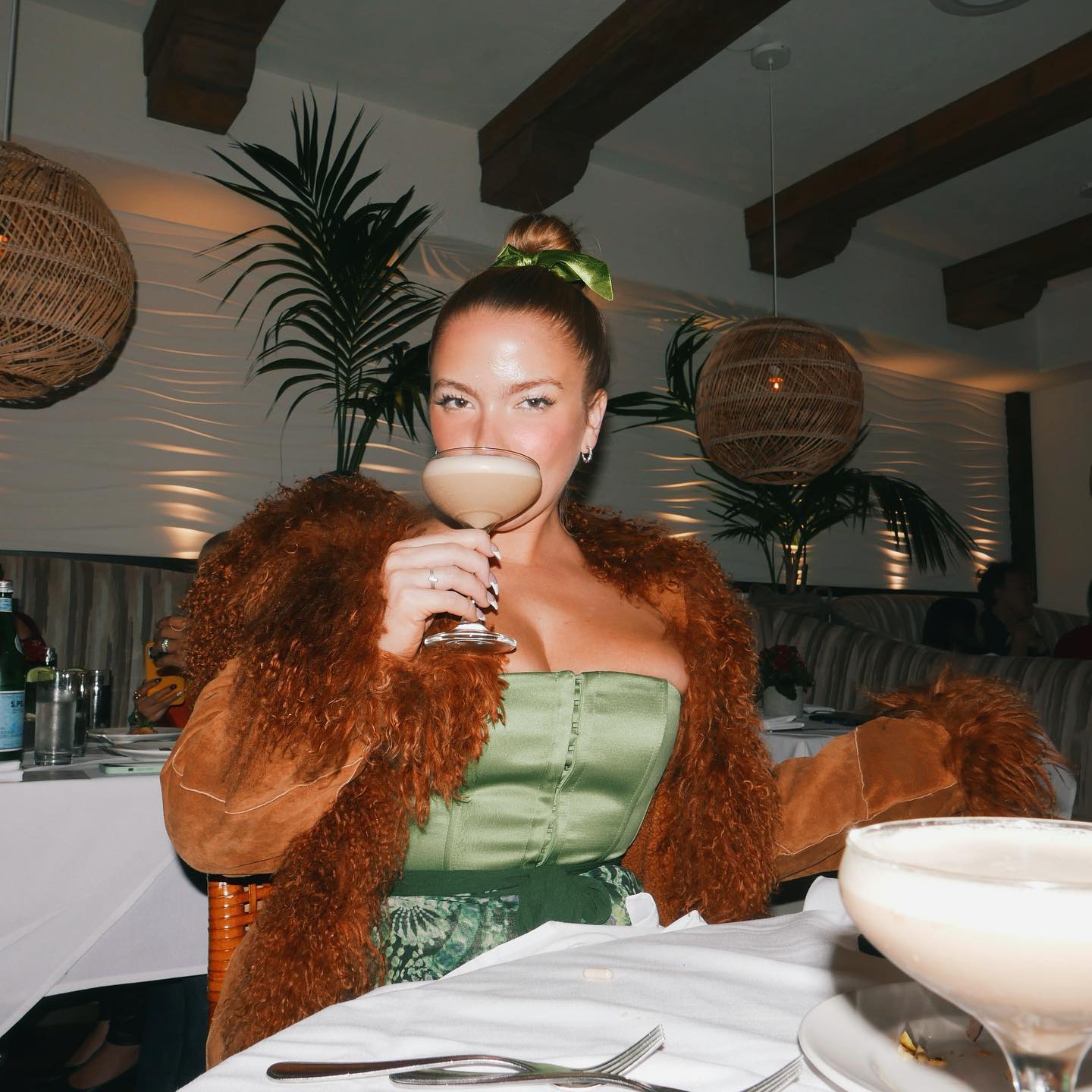
I know The Btwn originally started off as a newsletter and site. What made you want to turn it into a modeling agency? What motivated you to start The Btwn in the first place?
We were essentially working as a content-creation agency as a newsletter. Through that, we realized brands/clients were super responsive to our unique casting and wanted to see more body diversity in advertising and fashion overall, and we realized we could bridge that gap easily. I had also started my career in imaging and development at a modeling agency over a decade ago and wanted to get back to the agency side of things in a more open, inclusive way.
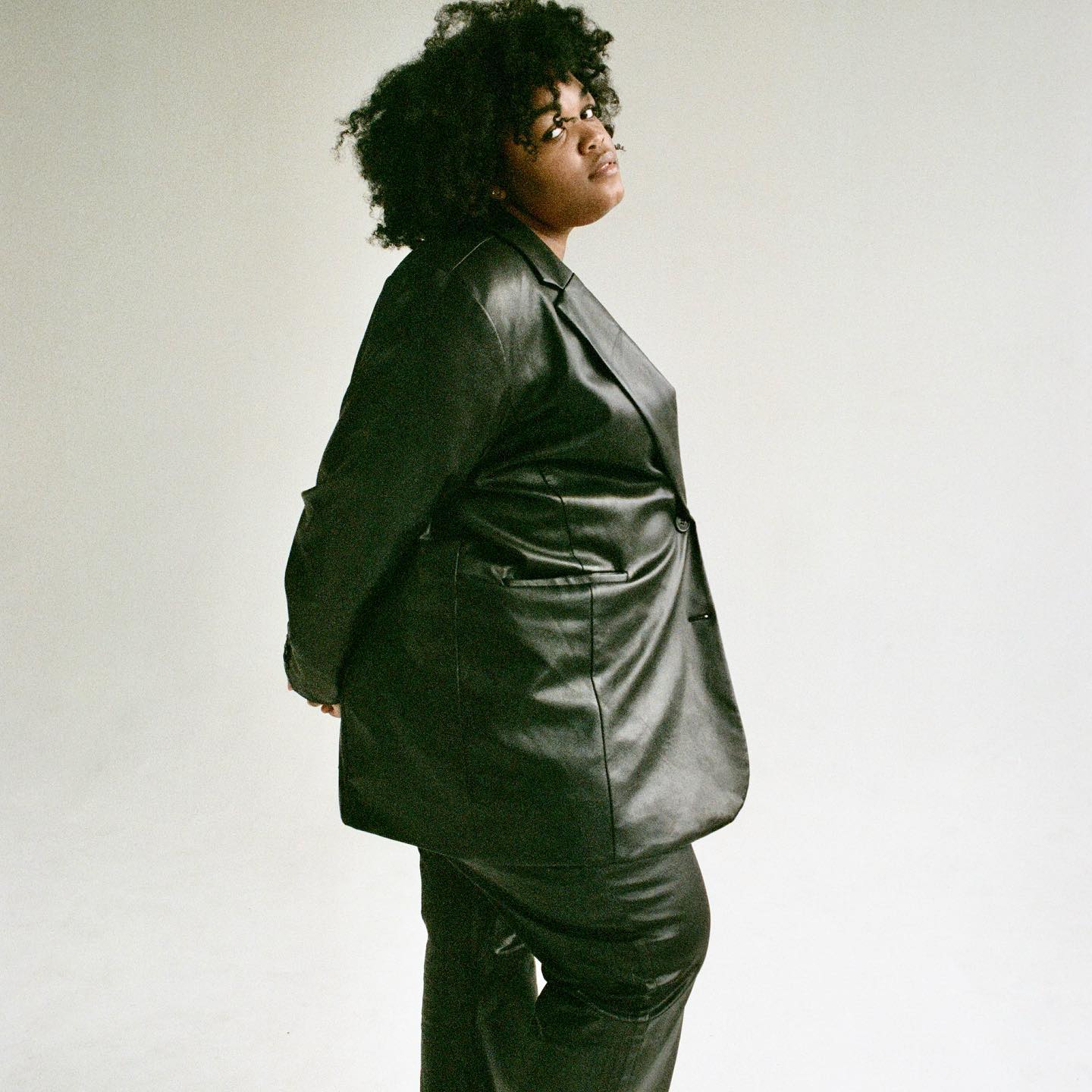
What do you hope to accomplish with The Btwn in the fashion and media industries?
We want to show that there is no singular way to be beautiful in your own body and to do away with outdated binaries and measurement, height, and size requirements.

Who are some people you look up to (designers, creators, editors, etc.) who you think are making the industry a better and healthier place?
All of the faces of our Btwn board inspire me every day.
A couple of my favorite creators/editors are Kendra Austin (@kendramorous), who is a brilliant creator, writer, model that we've had the pleasure of working alongside on both the newsletter and content-creation/agency projects. Tiff Baira, queen of TikTok, always has excellent insights into the world of curve modeling. Gianluca Russo is doing incredible work covering and bringing attention to the curve and plus world.

As an agency founder, you've most likely worked with people from all ends of the fashion industry. There is a lot of work to be done to make this industry a kinder place. What do you think industry leaders (buyers, designers, directors, etc.) can do more in their work to reach that goal?
I’d really love to see more fashion/editorial opportunities for talent of all heights/sizes/body types. It's something I still see that majority of really viable talent excluded from, and I hope that everyone can be more inclusive in casting those projects in the near future.
Do you have any pieces of advice you'd like to share with WWW readers?
If anyone reading this is an aspiring model/content creator/creative, the sooner you realize that your career and path don't have to look like anyone else's, the better. There are so many new and special ways to connect with clients and an audience. Be yourself and try not to get stuck in a space of comparison and scarcity.
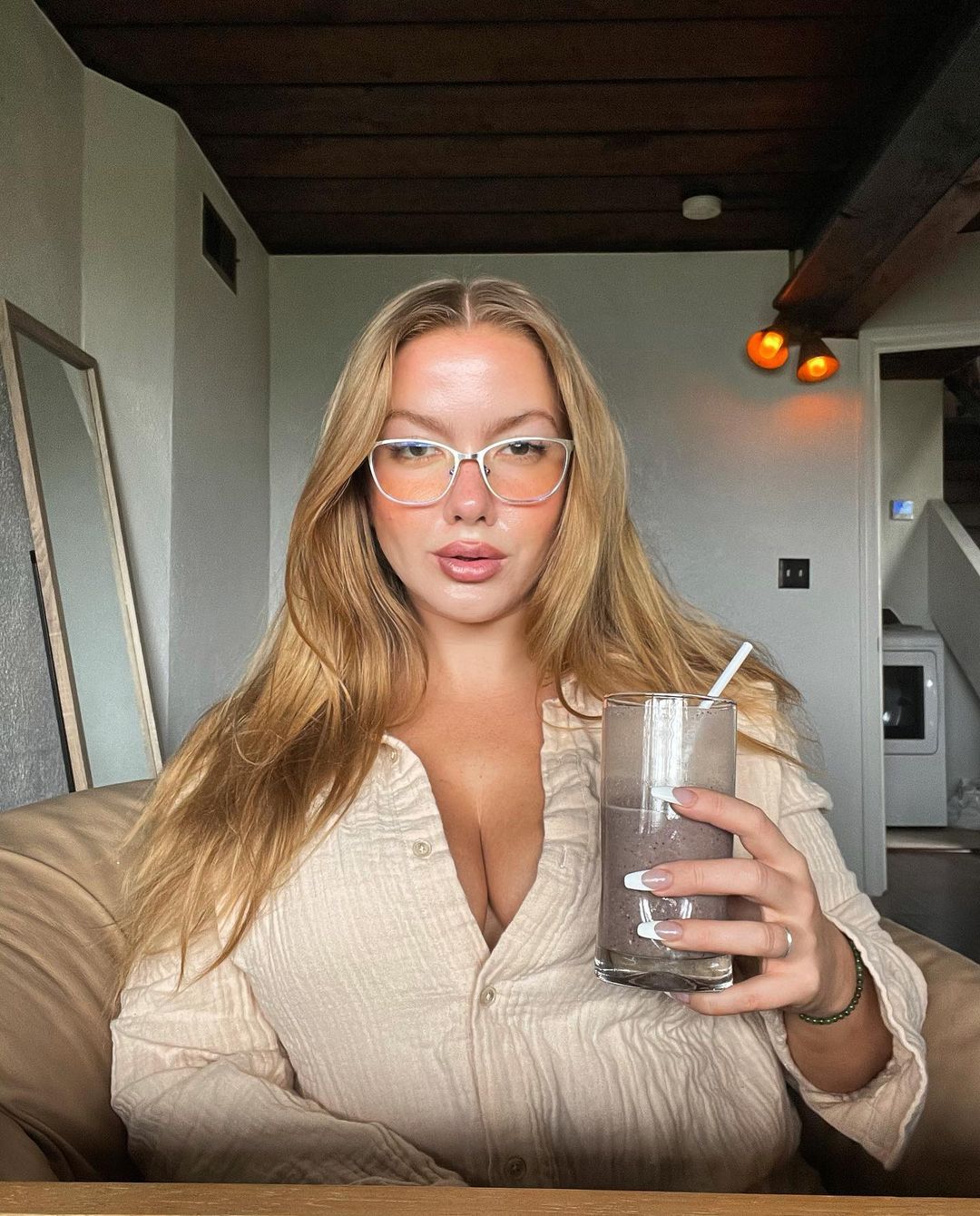
Tahirah Folk, Modest Fashion Influencer

As an influencer who is in the fashion space and often talks about body acceptance, what message do you hope to share with your followers/viewers in these conversations?
I hope to show other curvy and plus-size hijabis that they are worthy of taking up space in the same industries they participate in. It's very easy for the fashion-and-beauty world to feel like a clique that you have to be a certain size, shape, or shade to fit into, and that lack of diversity can be very ostracizing. A lot of plus-size people feel so discouraged from participating in certain trends because they haven't seen someone with their body type represented in them. So I hope to fill in that gap. I want to inspire my audience to take risks and have fun with their style regardless of the boxes that society tries to fit us into.
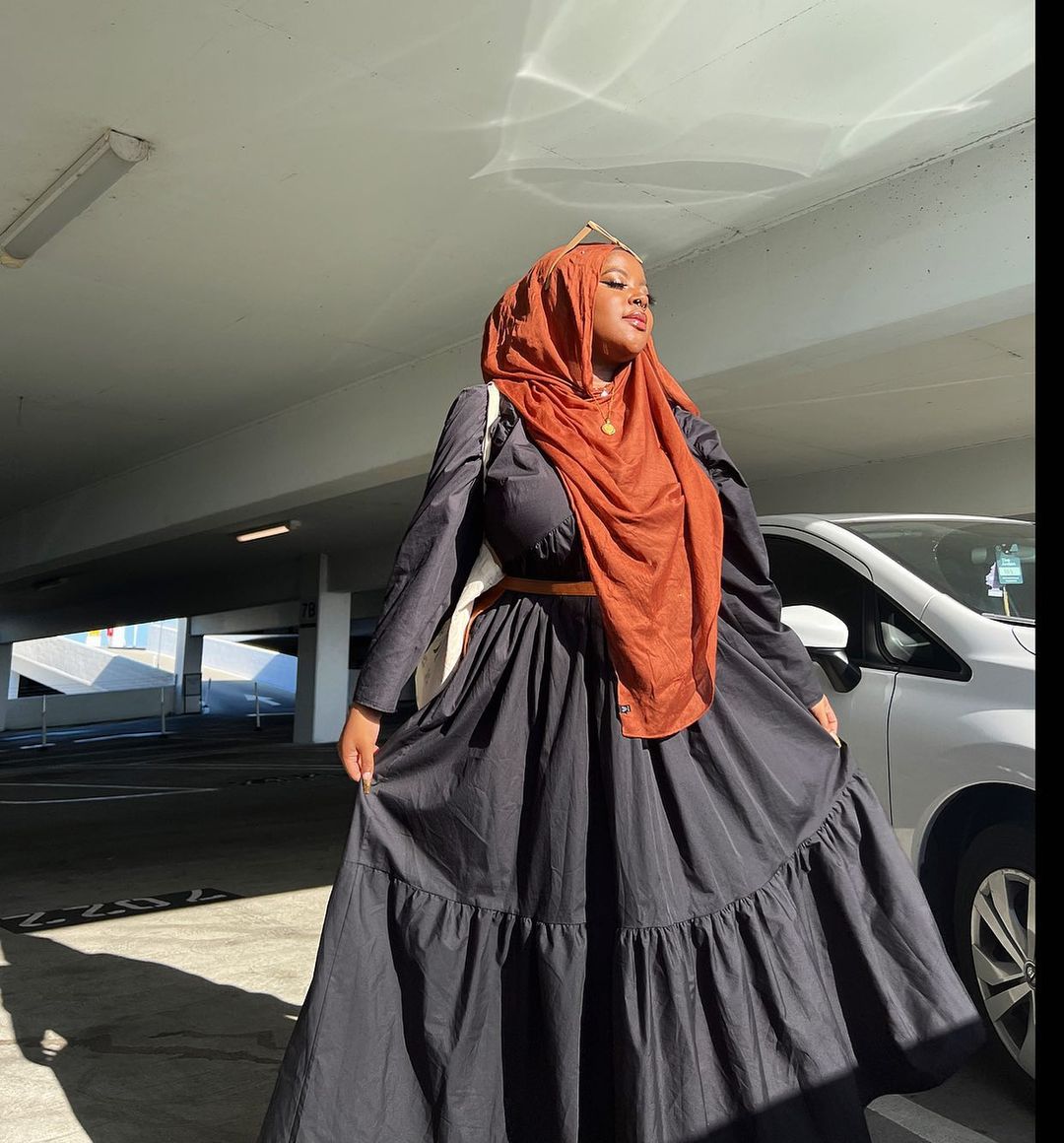
The modest fashion industry has become bigger than ever but can often fall short with body diversity. What do you think the modest industry (and the key players in it) can do better to push healthier body standards?
For one, just be cognizant of the privilege you have. So many people get offended when I talk about the lack of diverse bodies in the modest fashion industry because they can't step outside of their own realities and experiences. Being plus-sized and visibly Muslim brings about a very unique struggle because we deal with Islamophobia, misogyny, and an additional layer of fatphobia. You'll often see curvy hijabis being ridiculed for being "immodest" even if they're wearing the same thing as a thinner hijabis. We are slut-shamed by our own communities while simultaneously being pressured by society to "show off our curves." It's exhausting. It's already hard enough to find clothes when you're bigger, much less ones that are also modest, fashionable, and affordable.
Most modest brands are not size-inclusive, and if they are, the plus sizes are more expensive. Even the structure/length of these dresses doesn't account for the way our bodies are structured. We need straight-size hijabis to intentionally uplift plus-size hijabis on their platforms. We need modest brands to hire plus-size Muslim models and work with plus-size bloggers, designers, and stylists to make their clothing truly accessible. And most importantly, give extra grace and kindness to any curvy sisters you see on the internet. We're going through a lot.

Do you have any tips or pieces of advice you'd like to share with those struggling with body image and also balancing dressing modestly?
Start off slow! A lot of people struggle because they're trying to make a million changes overnight. Everything takes time, and modesty is a journey. Tailor your social media feeds to be reflective of the things you wanna see. For me, that meant making it a priority to follow other plus-size people and shopping from brands that are inclusive of bodies like mine. Dress for YOUR body, not for the body you wish you had. If your body looks different, that's okay. Instead of beating yourself for not fitting into a certain size or trend, do your own thing. One of my favorite affirmations is, "You are your own standard of beauty."
Also, remember that your body is a blessing. Just because you cover it doesn't mean you should feel ashamed of it or neglect it. And lastly, remember your why. Make sure that you're not living your life for the sake of anyone but yourself and God. Don't let your internalized fatphobia or society make you feel like you'll never be good enough. You're doing amazing and should be proud of all the strides you've made
Who are some people you look up to (designers, creators, etc.) who you think are making the industry a better and healthier place?
There are so many Black and Muslim brand creators doing so well right now. For luxury brands, I love Telfar, Kai Collective and Hanifa. A. Sumayah Shop, Rimiverse, Très Belle Prints, Shop Fatima Diallo, and Comfee by Sauf are my favorite modest fashion brands on the market.
After interning at Who What Wear in 2019, Yusra Siddiqui found her way to the team after graduating with a fashion media degree. She's also spent time writing and working for publications such as Fashionista, Coveteur, Nylon, and Allure. When she's on the job, she's perusing runway shows, analyzing the latest social media trends, and diving deep into all things Gen Z-related.
